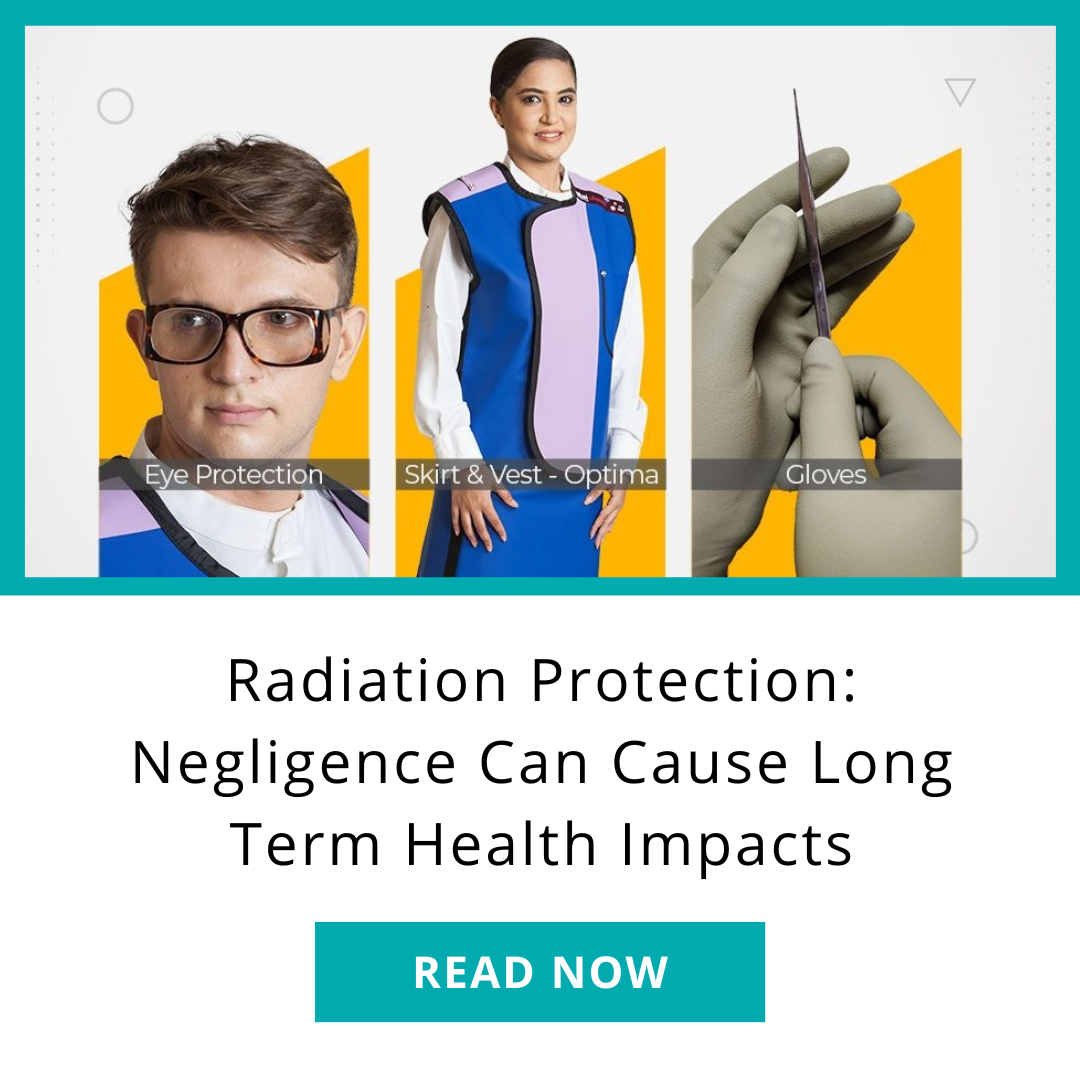Radiation, a potentially harmful form of energy, poses risks to living organisms, especially in contexts like the medical field where it is utilized for diagnostic and therapeutic purposes. Exposure to high doses or prolonged periods of radiation can lead to various health problems, including cancer, cataracts, infertility, and birth defects. In the face of such risks, safeguarding oneself from radiation becomes paramount.
A crucial defense against radiation exposure is the use of radiation protection apparel. This specialized clothing is designed to diminish or block the amount of radiation reaching the body. Constructed from materials like lead, tungsten, rubber, or vinyl, with high atomic numbers and densities, these garments absorb or scatter radiation, preventing it from penetrating the body.
However, it's crucial to understand that radiation protection apparel is not a one-time purchase. It comes with a limited shelf life and requires regular inspection for signs of damage or wear. According to Trivitron Healthcare's blog post, replacement every 3-5 years is recommended, or sooner if defects or faults are detected in the material or stitching. Annual inspections by qualified individuals are also advised to check for holes, cracks, tears, stains, discoloration, or deformation, signaling a loss of protective ability and the need for replacement.
Proper storage and maintenance of radiation protection apparel are emphasized in the blog post, with guidelines including storing in a cool, dry, and dark place, avoiding direct sunlight and heat sources, hanging on hangers or racks to prevent folding, and regular cleaning with mild soap and water.
In conclusion, investing in radiation protection apparel is crucial for those working with or near radiation sources. Adhering to proper guidelines ensures the apparel's effectiveness, offering both short-term and long-term protection against the health impacts of radiation exposure and enhancing overall safety and well-being.





Comments